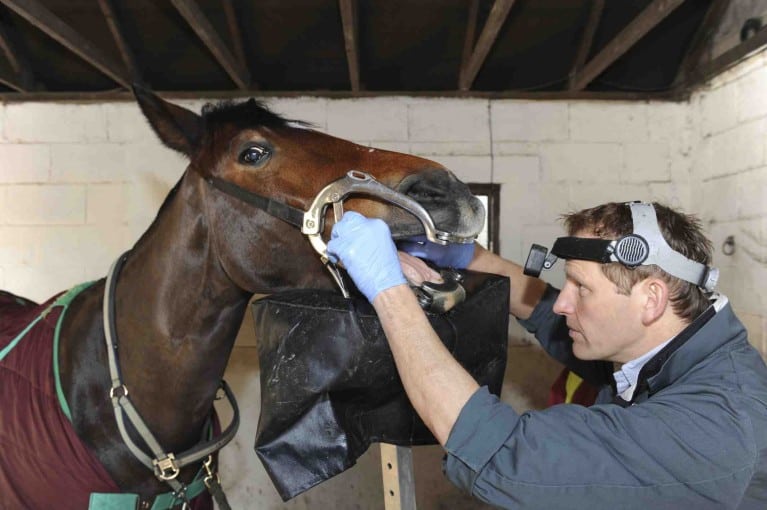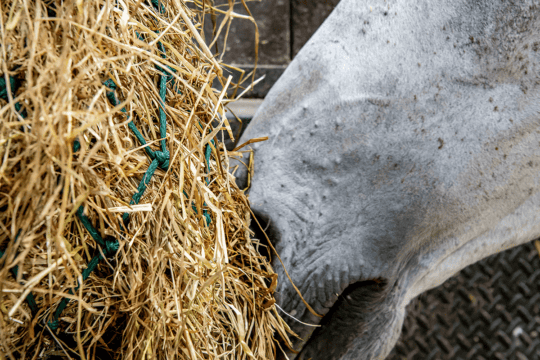Have you ever wondered what goes on inside your horse’s mouth? Equine Dental Technician Gill Spinney explains how to spot and prevent dental problems

You should get your horse’s teeth checked every six months to a year, either by a qualified Equine Dental Technician (EDT) or your vet. They will be able to correct any dental problems and also spot any new ones early on, to prevent a major problem occurring. Horses should receive their first dental check by the time they are two, but some will need checking earlier than this.
Check up time
The EDT/vet will ideally need to treat your horse in a clean loose box that has a high ceiling, so there is no risk of your horse hitting his head should he react unexpectedly. The vet/EDT will need to gain as much information as possible in terms of when the horse was last treated, his workload and what problems he has (if any), so have a good chat with them. The horse’s head will be felt to detect any swellings, discharge, or areas that are uncomfortable to the touch, and the range of movement of the lower jaw. The teeth will then be then floated (rasped) to remove any sharp points or protuberant areas of teeth, with either a hand rasp or power equipment. Other procedures that may be carried out include removal of wolf teeth, removal of caps (baby teeth), removal of loose teeth and removal of plaque (usually from the canines).
Keep a close eye
Take some time every now and then to watch your horse from the front when he is eating hay or haylage, or even just grass in the field, so that you can find out what is normal for him. Once you’ve worked out how your horse eats, you’ll see if there are any sudden changes that may be due to pain. You’ll be able to see if your horse is only eating on one side of his mouth, if the usual healthy crunching of the hay disappears or sounds slurpy, or if he is dropping or leaving food.
Signs your horse may have a dental problem
- Lack of condition
- Quidding – partially chewed food is dropped out of the mouth Long food particles in droppings
- Tilting the head when eating
- ‘Hamster cheeks’ – food packing between the teeth and cheeks (often occurs in miniature ponies)
- Swellings on the face or jaw, particularly if they are only on one side of the jaw
- Discharge from the face or jaw, or from a nostril
- Excessive salivation, bad breath
- Choking or colic
- Head-tossing/rearing when ridden
- Stiffness on one rein
- Refusal to accept the bit
- Difficulty in getting on the bit.
Remember, though – any of these may be caused by factors other than teeth and may require veterinary attention. Most horses only show signs of dental problems once they have become severe, so regular check-ups are vital.
Common complaints
Things an EDT/vet may find inside your horse’s mouth include…
- Sharp edges (molars) The most common dental problem, they can cause trauma to the cheeks and the tongue.
- Hooks and ramps (front pre-molars or the last molars) They prevent the horse from chewing freely and can cause soft tissue lacerations.
- Sheared molar table angle (molars) The horse will not be able to chew properly, and so food will be poorly utilised.
- Periodontal pockets Food gets trapped between two adjacent teeth, causing gum disease and, potentially, tooth loss.
- Waves The arcade of teeth is uneven, and the horse will find it hard to chew.
















